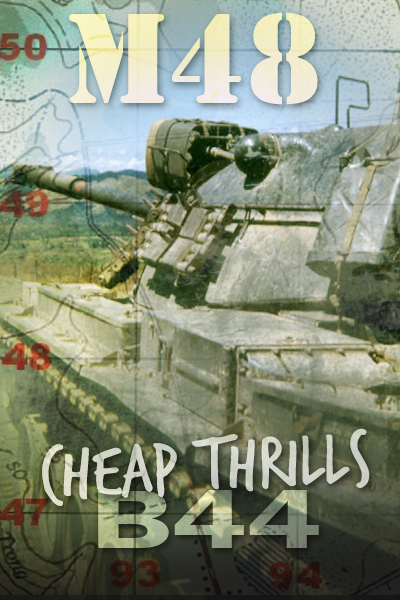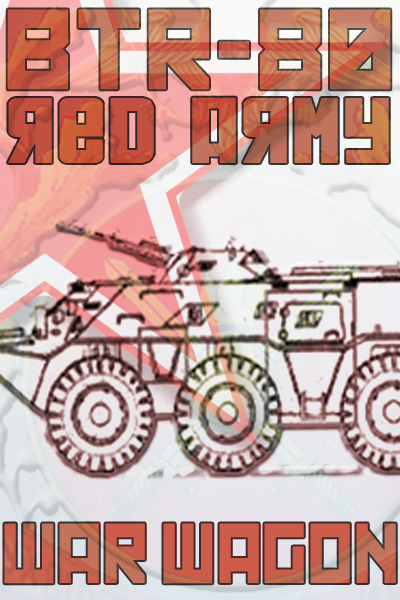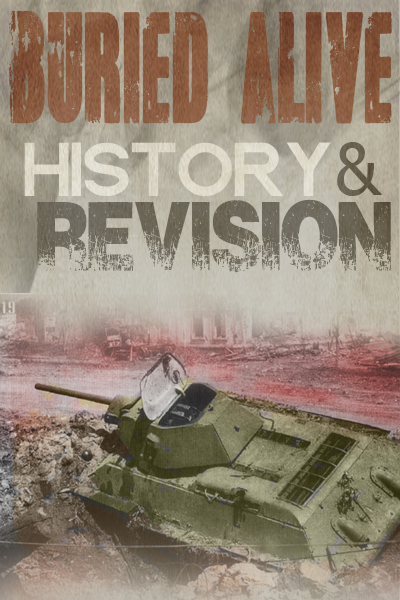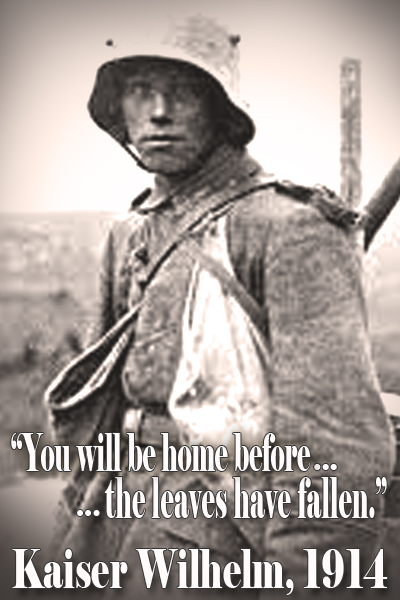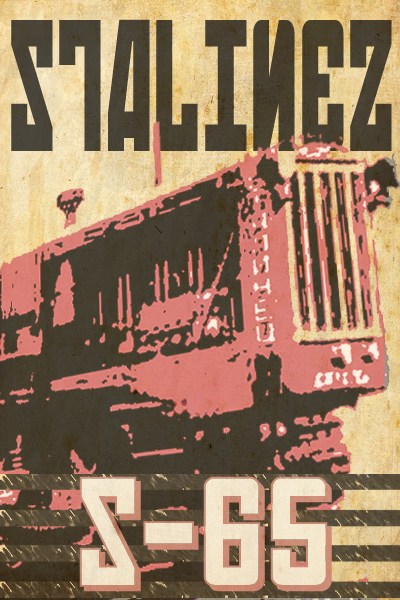 If you happen to read these articles in any sort of sequential manner, you’ll notice that it’s been quite a while since I’ve updated. Kinda sucks! Not so much for you as I doubt that you pay too much attention to any of this, but for me indicates that either I’m not building models or that I’m lazy. The truth lays somewhere in the middle – busy and lazy. (can the two co-exist?) Well….sure, why not?
If you happen to read these articles in any sort of sequential manner, you’ll notice that it’s been quite a while since I’ve updated. Kinda sucks! Not so much for you as I doubt that you pay too much attention to any of this, but for me indicates that either I’m not building models or that I’m lazy. The truth lays somewhere in the middle – busy and lazy. (can the two co-exist?) Well….sure, why not?
What I have been doing, in a modeling sense, is quite a few projects for AMMO of Mig Jimenez. Again, if you read sequentially you’ll have followed my path within the industry….first with MIG Productions, then AK Interactive and now with AMMO. I have enjoyed every aspect and very much appreciate the opportunities that I have been presented to me, but I am extremely happy working with the AMMO team and have enjoyed every minute of it.

